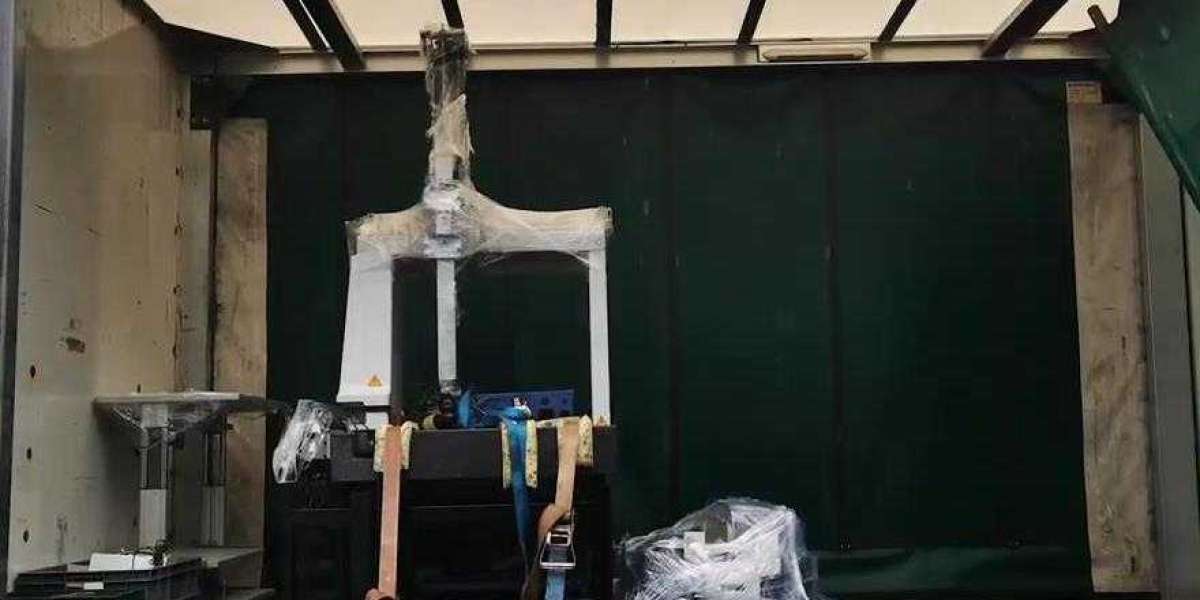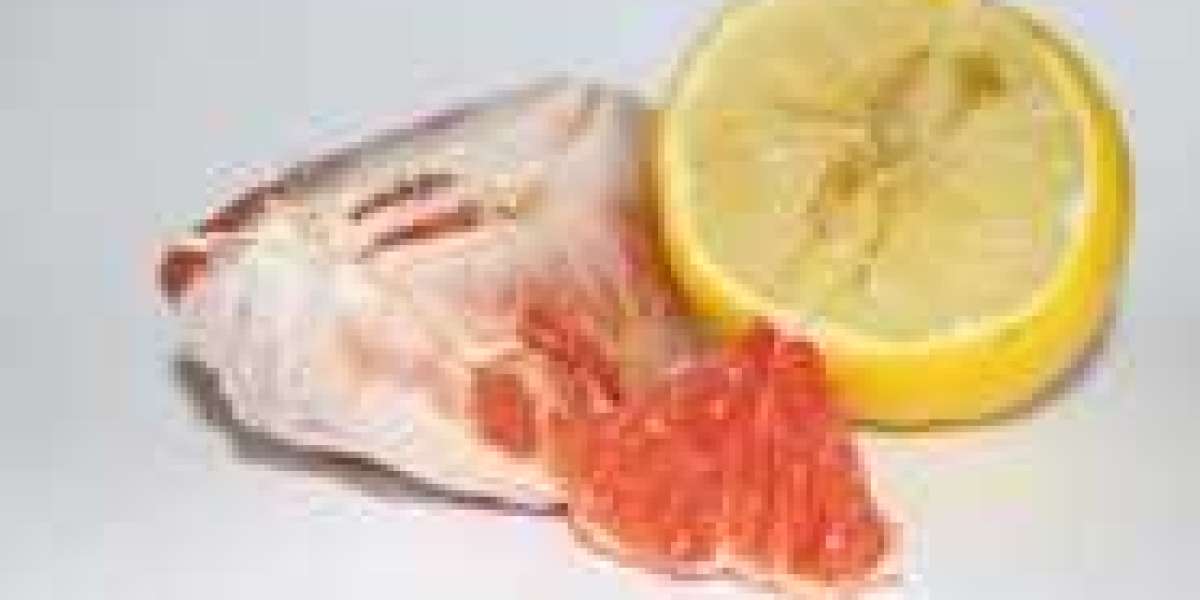There is always a method available to determine whether or not the tool you are utilizing is adequate for the task at hand. Consider the screwdriver as an illustration in this regard. If the screws are securely held in place and can be screwed on and off without any difficulty, then you can be certain that the tool is functioning correctly. However, how do we determine the accuracy of the CMM touch probe? How will you determine whether or not this high-tech tool is operating correctly and effectively? A CMM probe is a sophisticated piece of equipment that is attached to the working end of a CMM. This apparatus contains a great number of hidden components that, due to their fragility and susceptibility to damage, cannot be seen by the user. These components are also prone to becoming out of adjustment quite easily. Consider the CMM probe to be a screwdriver for the purpose of gaining a thorough comprehension of this topic, as we will use the screwdriver analogy.
Determine the Range of Measurement for Your ProbeThe CMM probe, much like the screwdriver, is expected to deliver the desired results based on the baseline specifications of the product. These specifications can be found in a baseline. A brand-new screwdriver is solid, has a well-balanced construction, and a secure grip. In addition, it comes with the appropriate specifications and is thoroughly tested and certified to be free of any defects. A new coordinate measuring machine (CMM) and its probe, similar to the screwdriver, combine to form a measurement system that is both stable and well-balanced. This system also comes with a calibration certificate that has been issued and validated by the manufacturer to demonstrate the accuracy and repeatability of the CMM probe. This certificate will serve as your baseline moving forward. When measuring the specific size of an artifact, such as a ring gauge or qualification sphere, it is helpful to have a straightforward set of numbers that tell you the range of values that your measurements are likely to fall within.
Examination and Adjustment Utilizing the Automatic ModeTake for instance the fact that your CMM has been calibrated in accordance with a certain spec. This ensures that there will only be a single number available for repeatability purposes. As an example, let's say that number is 0.005 millimeters, which is also written as 5 microns. This indicates that the location measurement that is expected when measuring a certified sphere should have a repeatability of within 0.004 millimeters. Taking a closer look at your probing setup is a simple inspection that can be performed on any CMM. Check that the configuration of your probe meets all of the cmm services just like you would for any other inspection or testing project. After you have finished everything, you can then create an inspection routine using the Automatic mode if your CMM has been properly prepared. Because of this, you will be able to measure the same sphere with points that are greater than or equal to 25, as well as rows using the ISO-CERT-SMALLSAME AOBO (straight down) probe angle.
A Quick Cleanup With a Wipe Your analysis should begin with the qualification sphere, and you should check that the diameter specifications in your CMM software are accurate representations of the sphere's certified diameter. After that, cmm inspection services wipe it down thoroughly with some denatured alcohol and a clean piece of cloth that does not contain any fur or hair on it. Be sure to give the stylus a thorough inspection. Check that it is tight and firm, and see if it matches the diameter and length that you specified in the CMM software. Also, make sure that it is firm and tight. When it comes to inspecting the accuracy and repeatability of the CMM touch probe, these tips are the best and most cost-effective ways to do so. You need to make sure that the issue you were having has been fixed by giving the Sphere program another try. This is the only thing that is left to do at this point.








